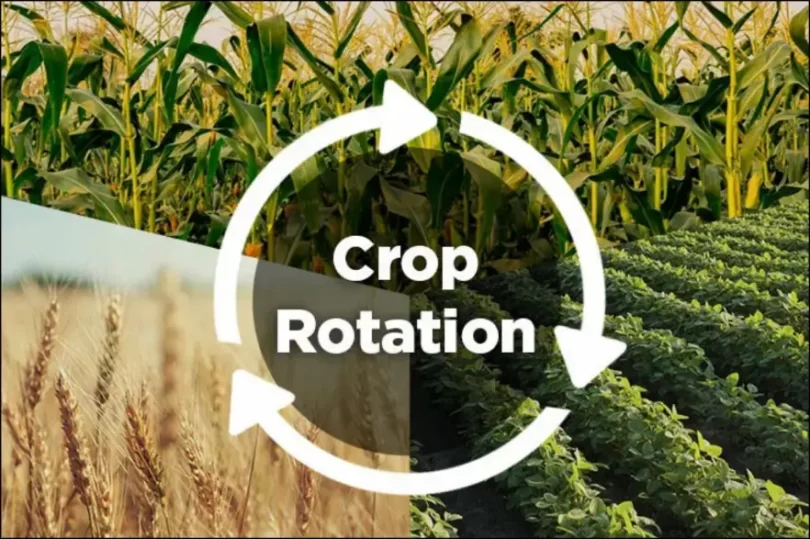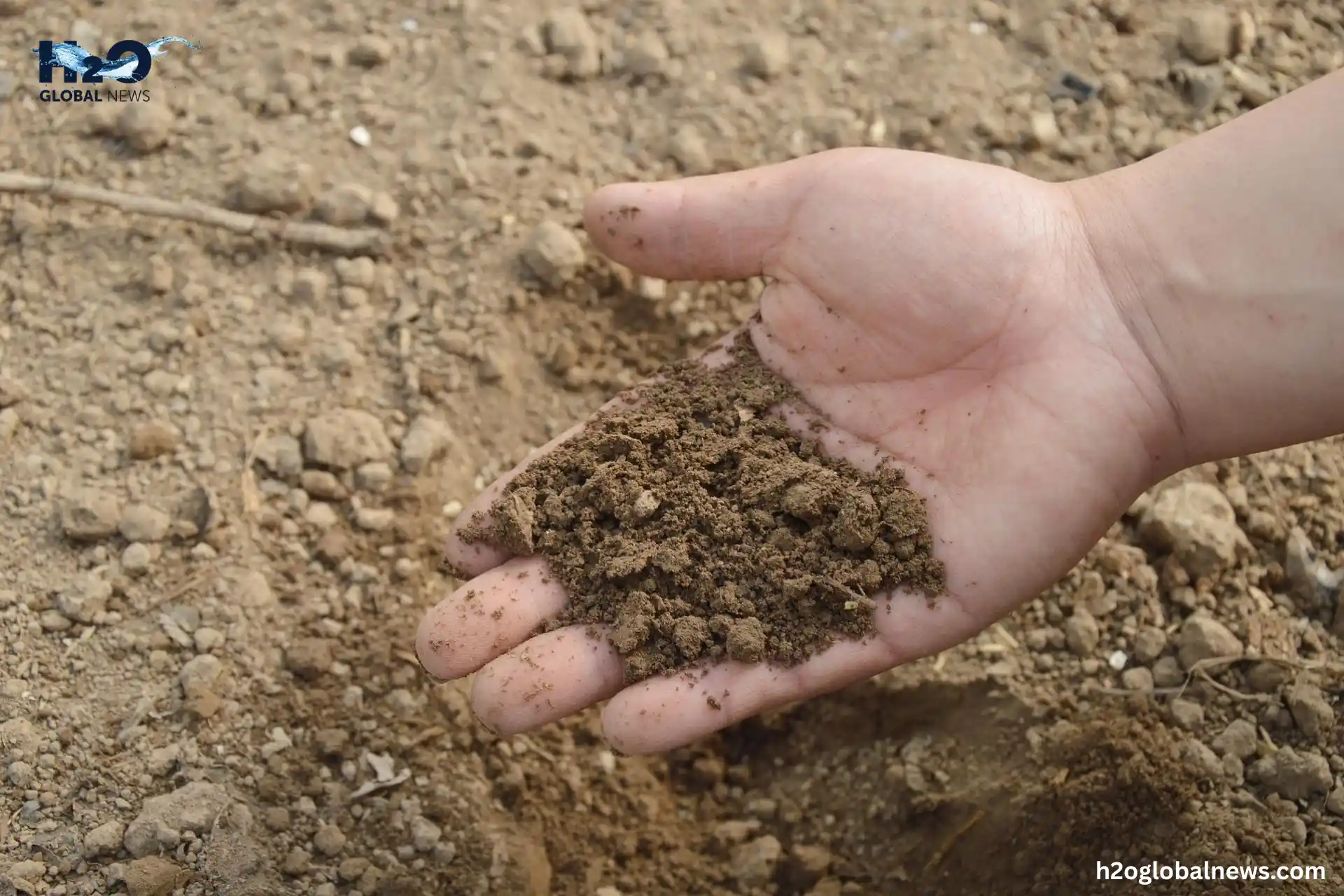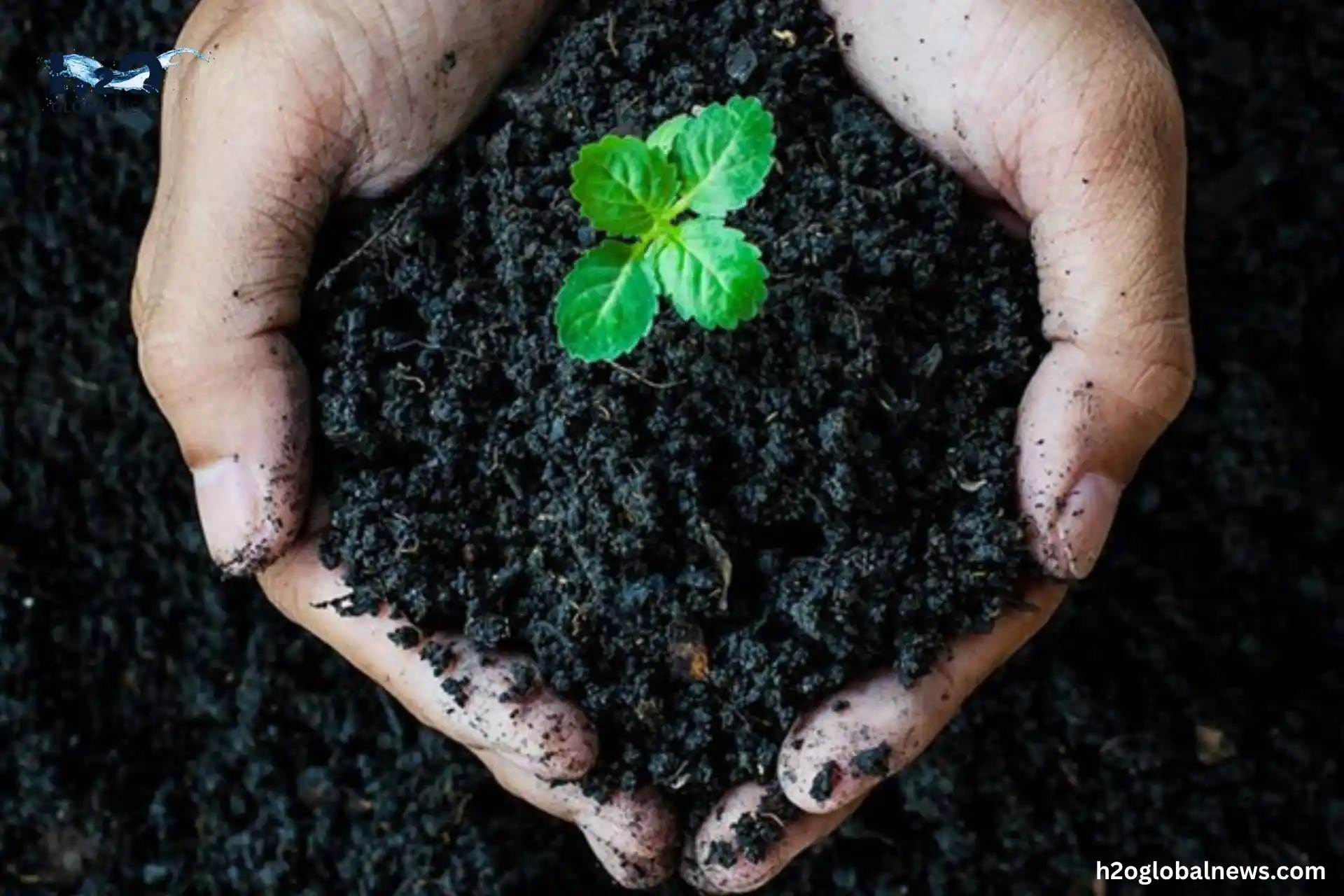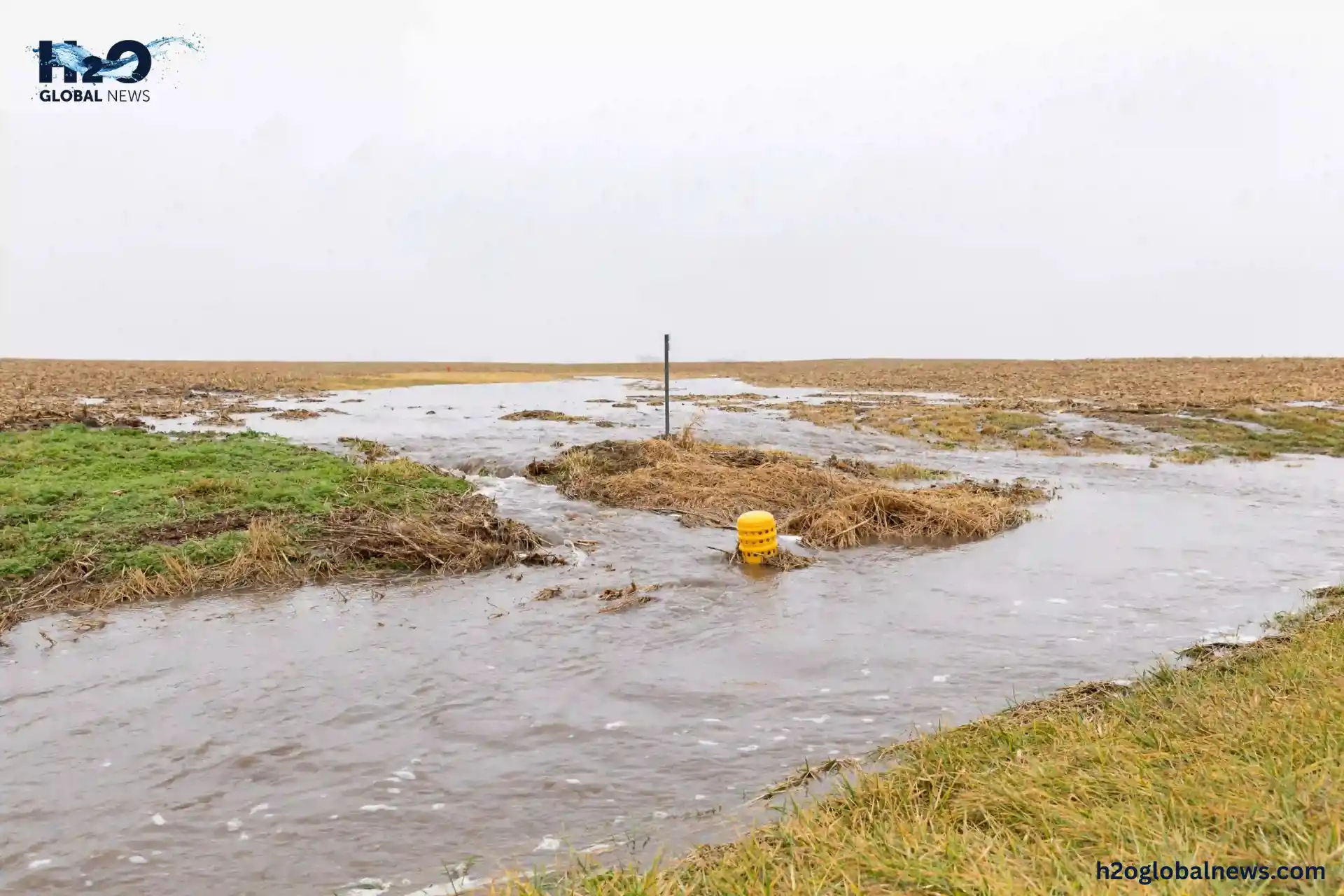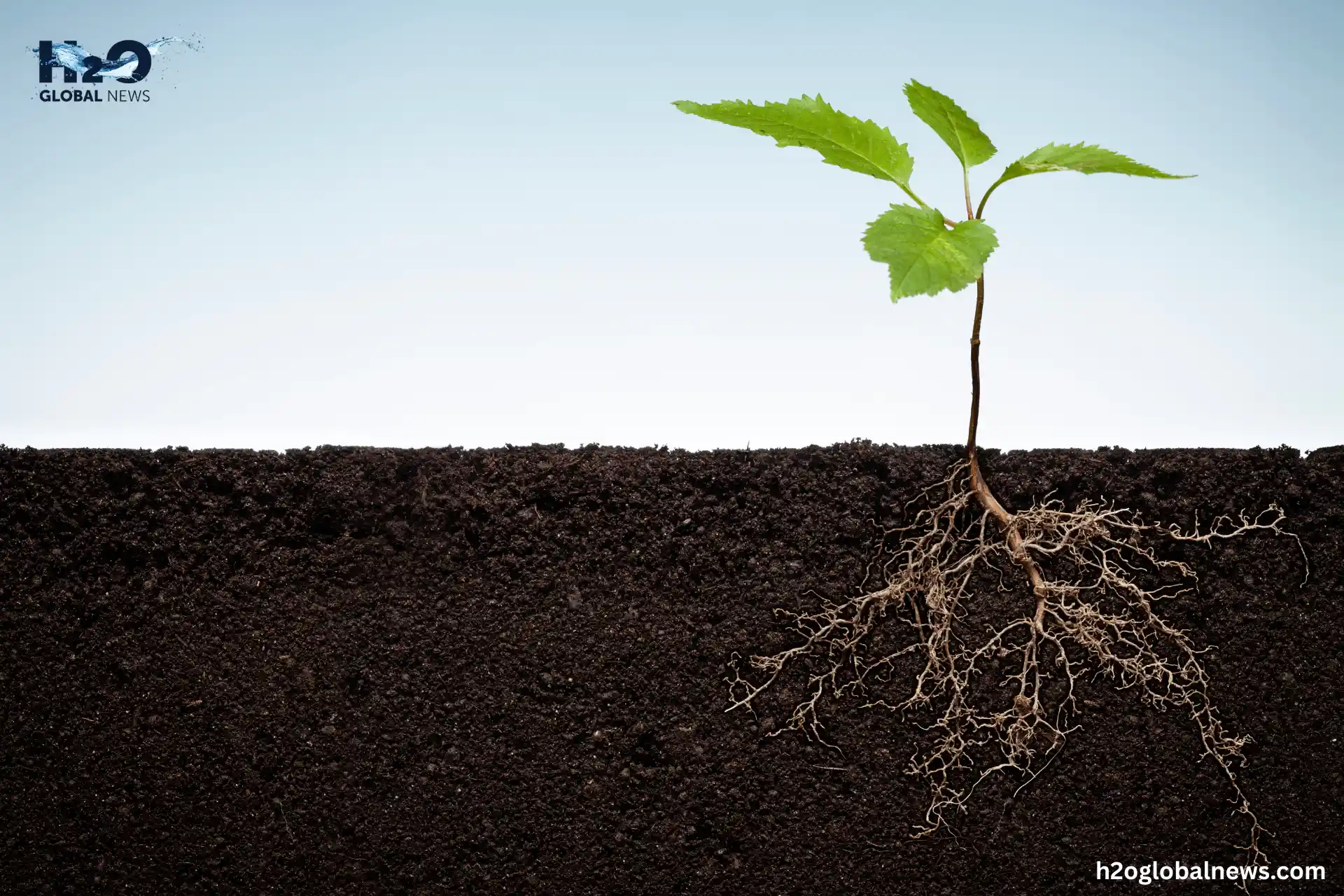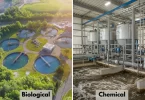Agriculture uses around 70% of the world’s freshwater supply. As global populations rise and climate change causes more droughts and extreme weather, water becomes increasingly scarce. In many farming areas, water shortages are already a serious problem. Conserving water isn’t just about cutting costs; it’s about keeping farms productive, protecting the environment, and ensuring future food security.
Farmers use different methods to conserve water in agriculture and protect the soil to deal with this. One of these methods is crop rotation, which is known for its many benefits in agriculture. It improves soil structure, supports water conservation, and makes crops stronger and healthier. So, In this article, we’ll explain what crop rotation is and why it matters so much for water conservation.
What Is Crop Rotation?
Crop rotation is a farming method where different types of crops are grown in the same field in different seasons or years. For example, a farmer might grow corn one year, beans the next, and wheat the year after that. This planned change helps the soil stay healthy. It can increase yields by up to 20% compared to continuous cropping. It is a simple but powerful way to farm organically.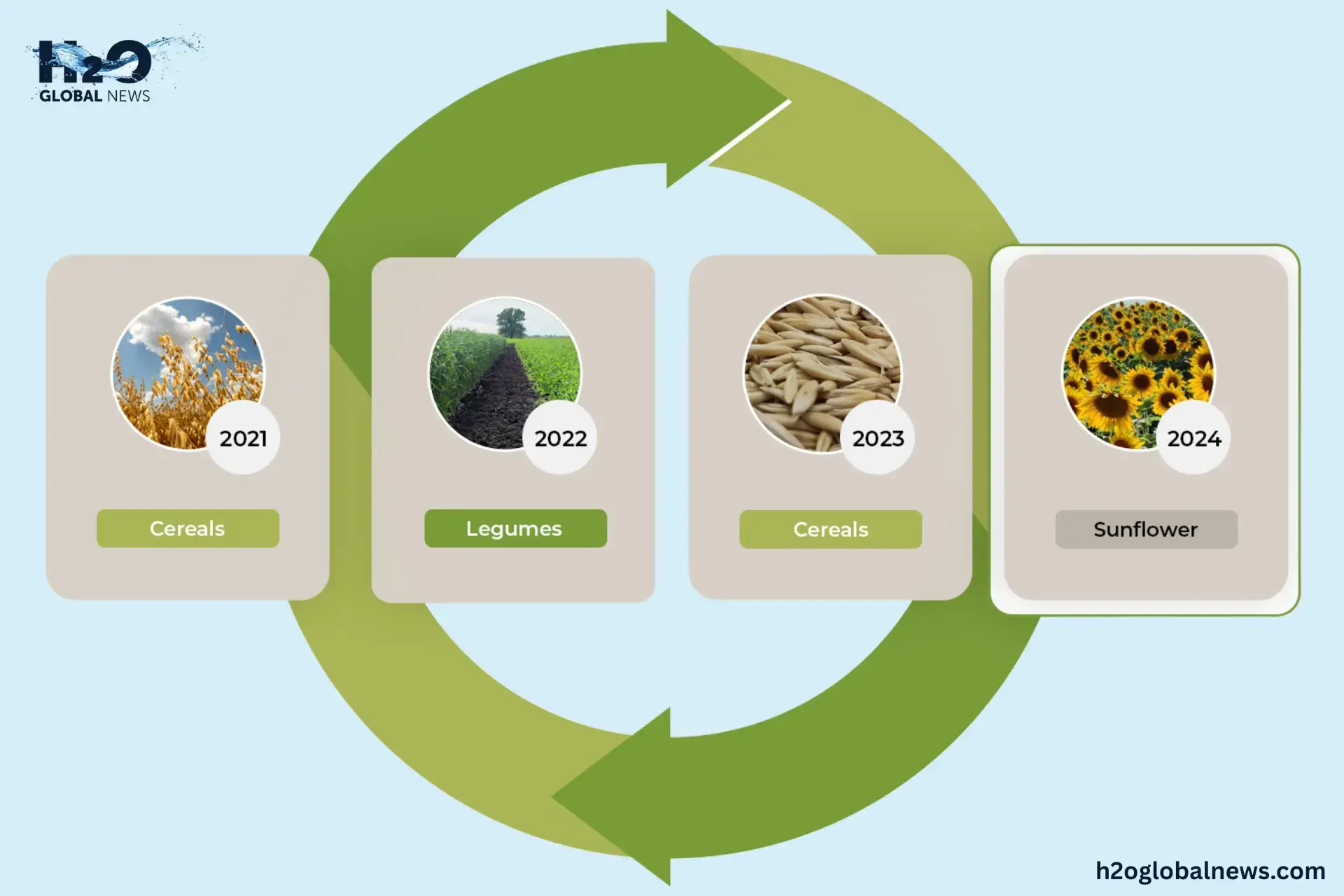
Unlike planting the same crop repeatedly (monocropping), crop rotation gives the soil a break and reduces damage from pests and diseases. One of the biggest benefits is that it helps the soil hold more water and reduce waste, which is critical in dry areas.
How Crop Rotation Helps Conserve Water
Here are the main ways crop rotation supports water conservation in farming:
1. Improves Soil Structure and Moisture Holding
Healthy soil acts like a sponge. It can soak up water and keep it for a longer time. When farmers rotate crops, they improve the soil’s structure by using plants with different root systems. Some crops have deep roots that break up hard soil, while others have shallow roots that hold the topsoil in place. This mix helps water soak into the ground instead of running off.
When it rains, more water stays in the soil and less is lost. This means plants need less watering, which saves water.
2. Builds Organic Matter in the Soil
Certain crops, like legumes (such as beans or peas), add natural nutrients to the soil. These crops also increase organic matter, which helps soil absorb and keep moisture. The more organic matter in the soil, the more water it can store.
This is useful during dry seasons, as crops can survive longer without rain or irrigation. Over time, rotating crops build up organic matter, improving the land’s ability to hold water.
According to studies, soil under rotating crops has more water than monocropping.
3. Reduces Soil Erosion and Water Runoff
When the same crop is planted repeatedly, the soil becomes loose and can easily wash away during heavy rains. Crop rotation includes planting crops that protect the soil, like cover crops or grasses. These crops cover the ground and prevent erosion.
Less erosion means more water stays in the soil, and less water is lost through runoff. This not only saves water but also keeps the soil rich and productive.
4. Supports Better Root Systems for Water Uptake
Different crops grow in different ways. Some have long roots that reach deeper into the ground. By rotating crops, farmers allow deep-rooted plants to access water from lower soil layers, while shallow-rooted plants take moisture from the surface.
This helps make full use of available water and reduces the amount of water that goes to waste. Stronger root systems mean more vigorous plants that need less watering.
5. Less Need for Irrigation
When soil is healthy, rich in organic matter, and better structured, it holds water better. This means farmers can reduce how often they need to water crops, which can make a big difference in dry areas or during drought.
Over time, crop rotation leads to lower water use, helping conserve this precious resource while still growing healthy crops.
Common Myths About Crop Rotation and Water Use
Many people believe crop rotation is only about soil health, but its connection to water conservation is often misunderstood. Let’s look at some common myths and the truth behind them:
Myth: “Crop rotation only helps the soil.”
Fact: Not true. While improving soil is one major benefit, crop rotation also plays a key role in water retention, reducing runoff, and lowering irrigation needs. Healthy soil holds more water, which helps crops during dry periods.
Myth: “It doesn’t make a difference in dry regions.”
Fact: False. Studies show crop rotation is especially useful in dry and drought-prone areas. It helps the soil store more moisture, reducing the need for frequent watering.
Myth: “Crop rotation always saves a lot of water right away.”
Fact: Not always. The benefits can take time. In some cases, it may take a few seasons for soil to rebuild organic matter and fully improve its water-holding ability.
Myth: “All crops work the same in a rotation.”
Fact: False. Some crops are much better than others for building soil and conserving water. For example, legumes and deep-rooted plants help more with water retention than shallow-rooted crops.
Myth: “Crop rotation is too complex for small farmers.”
Fact: Partly true. It does take planning, but even small-scale farmers can benefit from simple rotations. Starting with just 2 or 3 different crops can already make a difference in soil moisture and water use.
Case Study: Crop Rotation for Water Conservation
The Loess Plateau in China is a dry area where farmers often struggle with water shortage and poor soil. To solve this, scientists tested different crop rotation methods between 2017 and 2020. They wanted to see how rotating crops could help keep more water in the soil and reduce the amount of water needed for farming.
Instead of growing the same crop every year, they changed the planting pattern. One year they planted oil flax, the next year potatoes, and then wheat. This helped the soil in many ways. It became better at holding water, so the crops needed less irrigation.
The study showed that this method used water more efficiently and made farming more sustainable in this dry region. It also improved crop growth and reduced water waste. This case clearly proves that crop rotation can help conserve water and protect the land in areas where water is limited.
Source: Frontiers in Plant Science – Crop Rotation and Water Conservation in the Loess Plateau
FAQs
1- How does crop rotation work?
It works by changing the type of plants grown, which balances soil nutrients, breaks pest cycles, and improves water retention in the soil.
2- Why is crop rotation important?
Crop rotation is important because it keeps farming sustainable. It supports soil health, helps crops grow stronger, and improves how the land uses water. This makes farms more resilient to droughts and changing climate conditions.
3- What are the advantages of crop rotation?
Crop rotation improves soil health, reduces pests and diseases, increases water retention, and leads to better crop yields with less need for fertilizers or irrigation.
4- What are the disadvantages of crop rotation?
Crop rotation requires careful planning, knowledge of crop combinations, and may not suit very small farms. Benefits can take time to appear, especially in the first few seasons.
5- Can crop rotation reduce water bills for farms?
Yes, crop rotation can lower water bills by improving soil’s ability to hold moisture, reducing the need for frequent irrigation. Over time, this means less water use and lower costs for farmers.
Conclusion
Crop rotation is an innovative farming method that helps keep soil healthy and saves water. By planting different crops each season, farmers reduce water waste and grow better crops. It’s a natural way to protect the land and use less water. In times of water shortage, crop rotation is one of the best ways to conserve water and farm sustainably. So, crop rotation is a simple and effective option if we want to protect our land and find better ways to conserve water.



